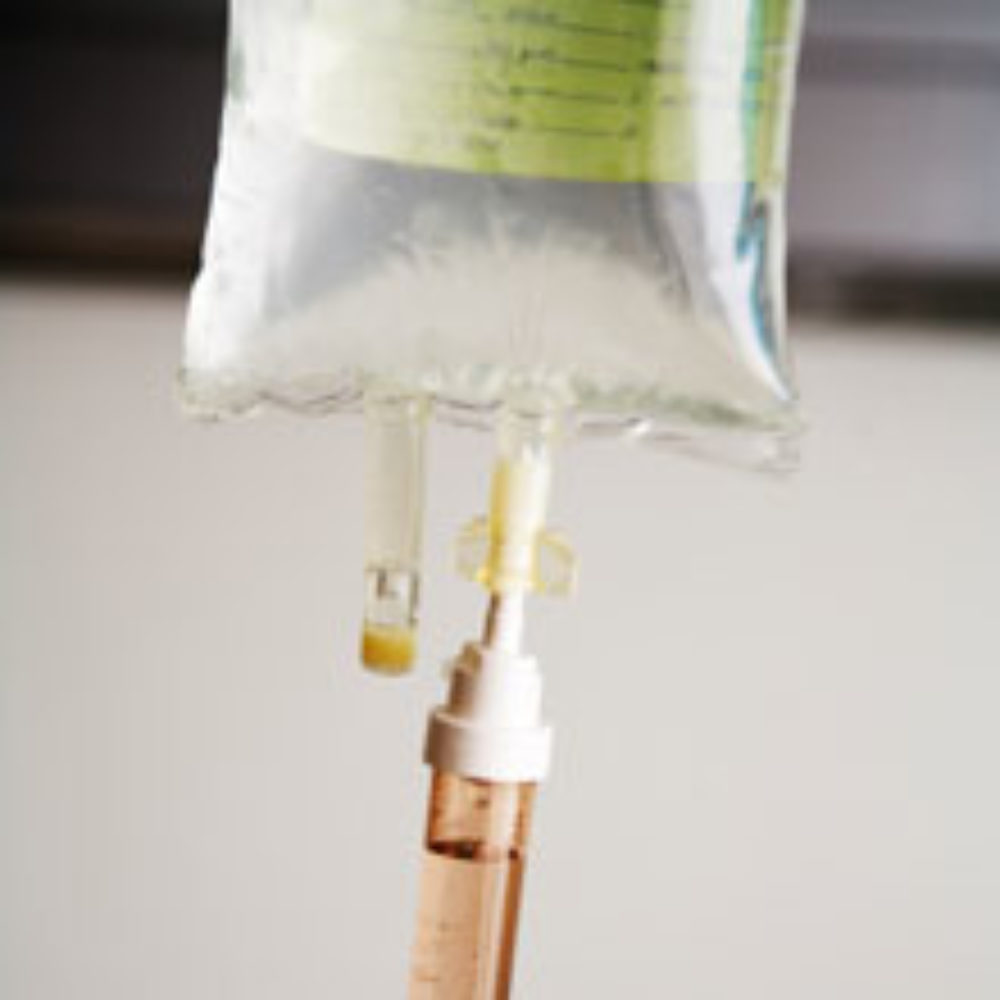Dilantin IV Purple Glove Syndrome Warning Needed: FDA Panel

A panel of drug experts is calling for new warnings about the risk of a rare and debilitating condition known as purple glove syndrome from Dilantin and generic phenytoin intravenous (IV) equivalents.
Voting down the option of a recall, the FDA’s Peripheral and Central Nervous System Drugs Advisory Committee recommended this week that the agency should require the new warnings that Dilantin intravenous may lead to purple glove syndrome. The FDA will now decide whether to follow up on the advisory committee’s recommendation, which the agency usually does.
Purple glove syndrome gets its name from the fact that victim’s hands swell painfully and change color to violet or purple. In most cases, the condition is temporary, but in some cases it can result in permanent disability.

Did You Know?
Millions of Philips CPAP Machines Recalled
Philips DreamStation, CPAP and BiPAP machines sold in recent years may pose a risk of cancer, lung damage and other injuries.
Learn MoreFirst diagnosed in the 1980s, the condition has been linked to at least 46 patients who received Dilantin and generic equivalents via intravenous (IV) injection. However, some believe that the ailment is underreported and studies have suggested that it afflicts as many as 6% of all IV Dilantin recipients.
The condition usually occurs as the result of a medication mistake, when the drug is not injected into the vein and instead infects the surrounding tissue of the hand.
Dilantin (phenytoin) is an antiepileptic drug manufactured by Pfizer. Mylan makes a generic version called Phenytek which is considered bioequivalent.
Purple glove syndrome is not the first skin condition connected to Dilantin. In November 2008, the FDA issued a warning about a risk of Stevens-Johnson syndrome from Dilantin and its generic equivalents.
Stevens-Johnson Syndrome (SJS) is a painful and debilitating reaction that has been linked to several medications. It can cause the skin to burn, producing blisters, severe rashes and the skin may begin to separate from the body. When the skin lesions affect more than 30% of the body, the condition is typically referred to as toxic epidermal necrolysis (TEN). Treatment in a hospital Intensive Care Unit (ICU) or Burn Unit is often required, and the conditions can be fatal in many cases.
Get more articles like this sent directly to your inbox.
"*" indicates required fields




0 Comments